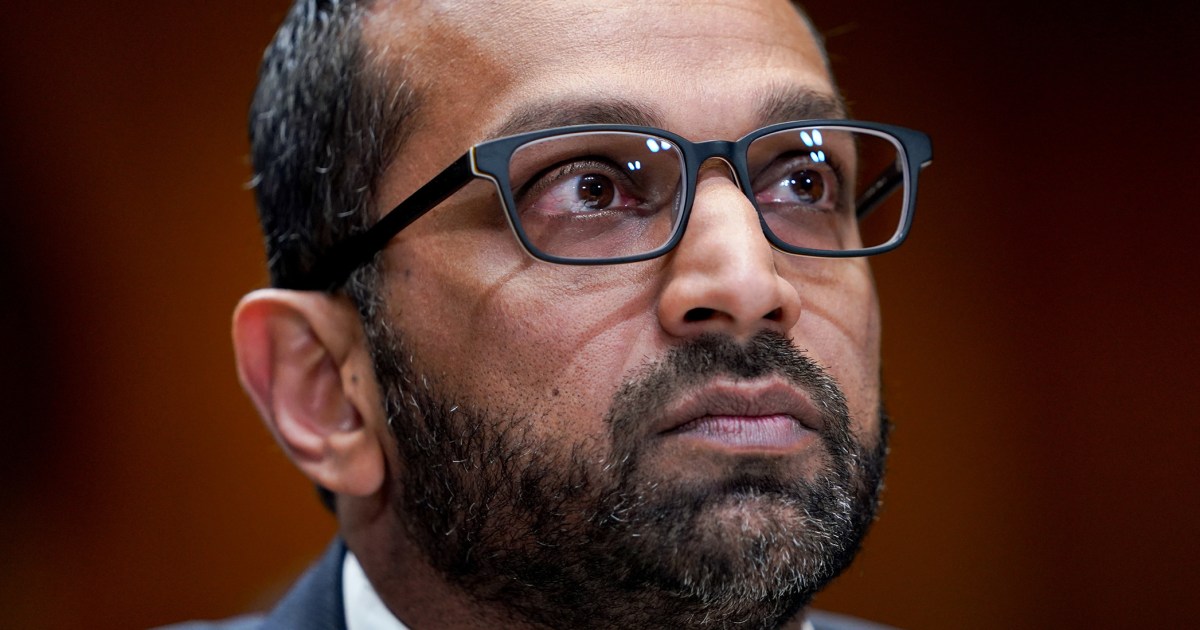It has baffled minds as great as Galileo’s, inspired composers and fuelled sci-fi fantasies, but while Saturn will be on show all September, is anyone watching?
The ringed gas giant will be highly visible in the night sky all month, reaching its brightest on the 21st when Earth will sit directly between Saturn and the sun, a configuration known as opposition.
What is more, the planet will have an unusual appearance, with its rings nearly edge-on as seen from Earth, after an event known as a “ring crossing” that happens every 15 years or so when the planet is at equinox.
Stargazers in some parts of the world, including the US and UK, could be in for another treat this month as Saturn’s largest moon, Titan, and its shadow pass in front of the planet, showcasing a body scientists think could possibly harbour life.
Experts are urging the public to get outside and look up. “It’s good for the soul, I think, to be reminded that we live on a planet that’s in a solar system that’s in motion, that’s part of a galaxy,” said Prof Chris Lintott, of the University of Oxford. “I think for me by looking up, by paying attention to the moon and the planets, I get this real sense of the cycles of life.”
Dr Ed Bloomer, an astronomer at the Royal Observatory Greenwich, said anyone hoping to glimpse Saturn should head out at night and look towards the south, where the planet will appear as a bright white, non-twinkling object in the sky. Should spotting it prove difficult, there are myriad apps that can pinpoint its position.
Those hoping to spot the transit of Titan will need a telescope. “It is quite a challenge, you are looking at a small dot moving in front of a bigger dot, but … it is technically possible,” Bloomer said. The transit is expected shortly before dawn in the UK on 20 September.
Bloomer said viewing Saturn and other objects in the night sky helped people to see for themselves the mechanics of the solar system. “Planets in particular, they shift relative to the background of stars,” he said.
Dr James O’Donoghue, an expert in planetary astronomy at the University of Reading, said he had shown people Saturn through a telescope for the first time perhaps 50 to 100 times. “Sometimes people are 70 years old before they’ve seen it like that,” he said. “And I can’t see [because] it’s dark outside, but I’m sure the hairs are standing up on the back of their necks.”
O’Donoghue said the fifth planet from the sun was particularly special. “Saturn is the jewel of the solar system. I know that everyone has said that but I truly believe it is. And I think it is more than that: I think it’s actually a symbol of science.”
The Saturn system is unusual as Titan – a moon often visible as a bright pinprick of light next to the planet – is thought to have liquid water underground, as well as lakes and seas of methane and ethane on its surface, making it a key contender for harbouring life.
O’Donoghue said that as well as prompting many questions, gazing up at the cosmos helped people gain perspective. “We all have a lot of struggles all the time,” he said. “I’d say it’s looking at the bigger picture, but it is the biggest picture, and I think it’s actually pretty good for mental health.”
While light pollution means swaths of humanity can no longer see the Milky Way, Saturn is one of the planets that can easily be seen with the naked eye.
Lintott said: “Some of the most memorable moments of my life have been under dark skies, staring in awe and wonder at the Milky Way with my jaw on the floor. So a dark sky is an amazing thing and we should care about light pollution.
“But on an average Tuesday you can see the moon and you can see the planets just as well from the middle of London, or the middle of Oxford or the middle of Edinburgh or wherever it is, as you can from up a hill in the middle of the Lake District or a dark sky site.”
Other celestial events this autumn
29 October – catch sight of Mercury
Mercury is a tricky, and potentially dangerous, planet to see as it is the closest to the sun. However, with its greatest distance east from the Earth’s star expected to occur again on 29 October, it will appear low on the horizon as the sun is setting and may be visible to the naked eye. “It’ll be quite a challenge, and basically a viewer would have about half an hour to see it, with a perfectly flat horizon,” Bloomer said. “Doable, but challenging.”
17 and 18 November – spot some shooting stars
Active throughout most of November, the Leonid meteor shower peaks in the middle of the month. The celestial show occurs as Earth passes through a trail of debris left by the comet Tempel-Tuttle that orbits the sun every 33 years.
21 November – glimpse Uranus
Uranus is often difficult to see with the naked eye, appearing only faintly in the night sky. However, when Uranus is in opposition, meaning Earth sits between the planet and the sun, it is at its most visible. Bloomer recommends heading to a dark spot with clear skies. And unless you have excellent eyesight, you may want some kit. “Binoculars or small telescope recommended!” he said.
Source link


